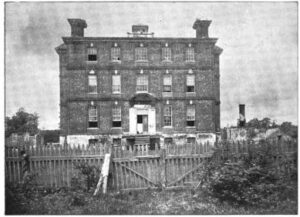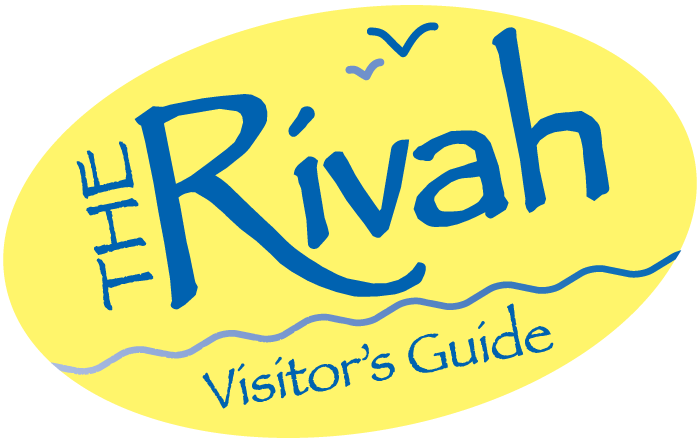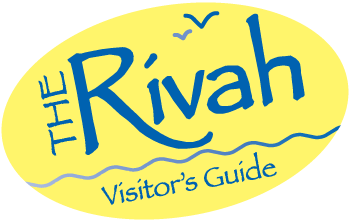
A framework of brick with towers of stacked fireplaces is all that remains of the once-grand Rosewell Plantation in Gloucester. Construction of the mansion was begun in 1725 by Mann Page I and the completed structure was considered to be one of the most elaborate designs in the American colonies. Page drew inspiration from the governor’s Palace in Williamsburg and aimed to make it even more impressive in terms of size and luxury. The 12,000-square-foot house was the largest residence built in colonial Virginia. Mann Page I died in 1730 and his son Mann Page II supervised the completion of the mansion. Rosewell was home to the Page descendants for the next hundred years.
John Page (grandson of Mann Page I) served as Governor of Virginia and also served multiple terms in the U.S. Congress and the Virginia General Assembly. He and Thomas Jefferson were classmates at William and Mary. Over the course of their friendship, John Page and Thomas Jefferson spent much time visiting with one another at Rosewell. It is believed that on one of Jefferson’s visits the duo worked on a rough draft of the Declaration of Independence.
In 1837 the mansion was sold to Thomas Booth, and many of the luxurious features were altered and some items were even sold to offset the massive costs that came along with maintaining a house that large. The plantation was bought and sold a few more times before it was devastated by fire in 1916. In 1979, the final owners of Rosewell donated the ruins to the Gloucester Historical Society.

The property is open to visitors from April to October. Currently, a signage project is underway that will establish 9 interactive and informative signs around the property. The property also features a visitors center that displays many of the treasures and artifacts from the property. There is even a gift shop offering unique keepsakes, books, and more.
These grand ruins may not be the dazzling spectacle that they once were, but the history of Rosewell lives on. The Rosewell Foundation is currently striving to meet the financial goal of 3 million dollars before the 300th anniversary of Rosewell’s construction.
To learn more about the property, to plan a tour, or to get involved, visit http://www.rosewell.org/


